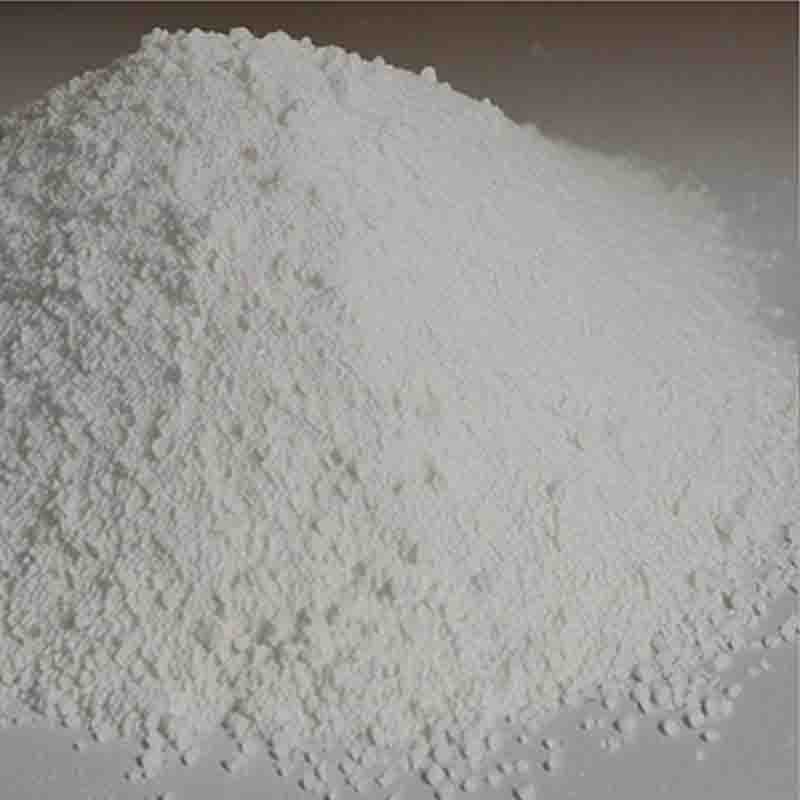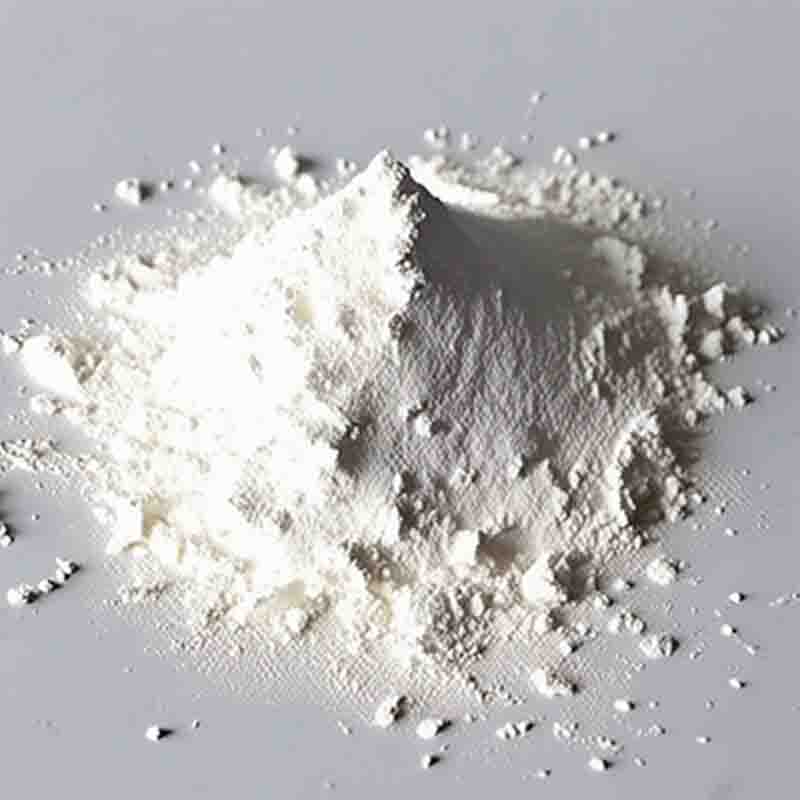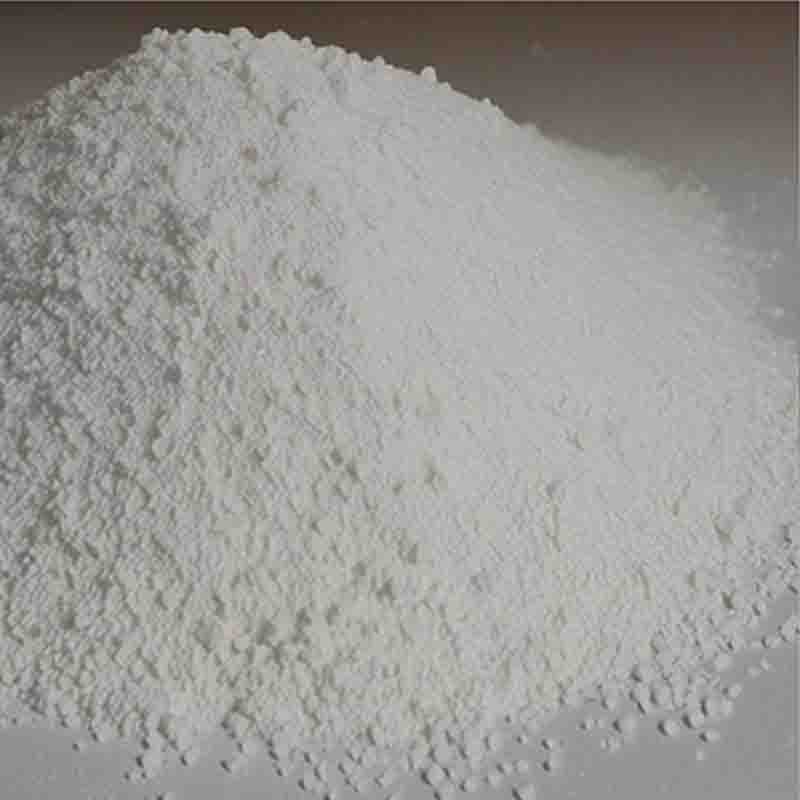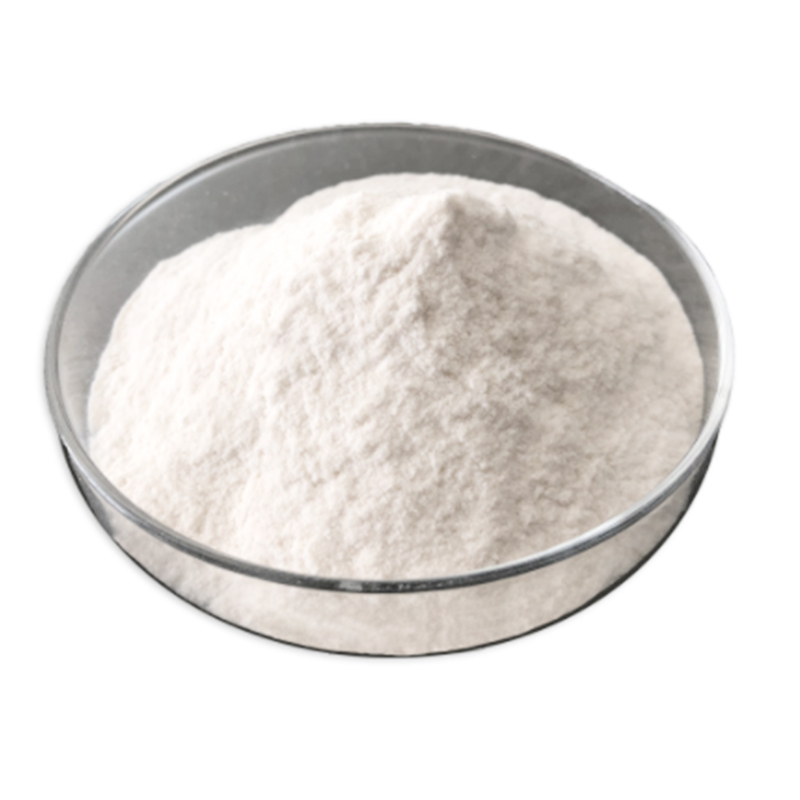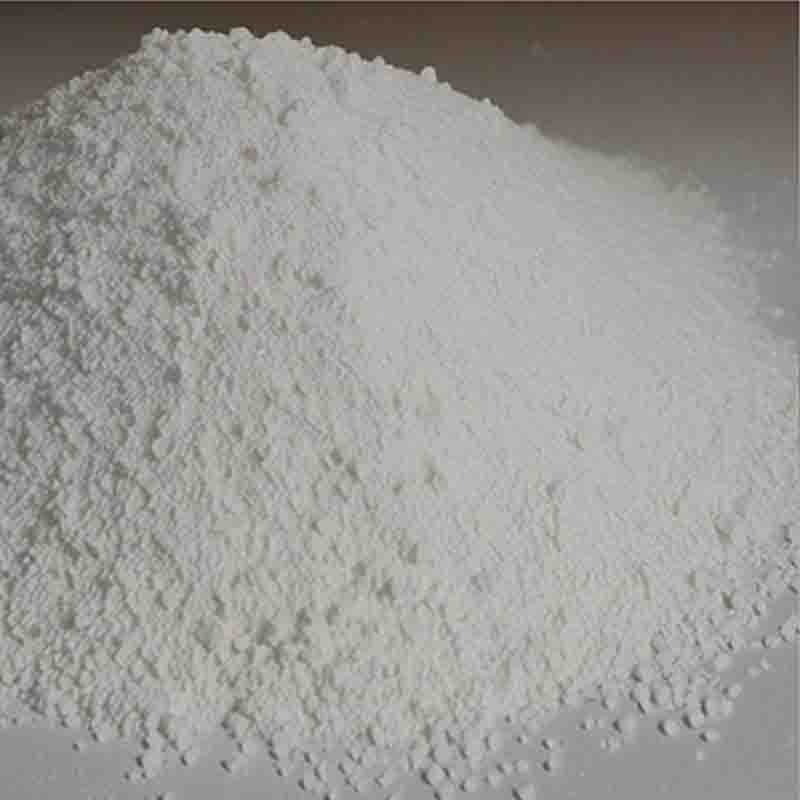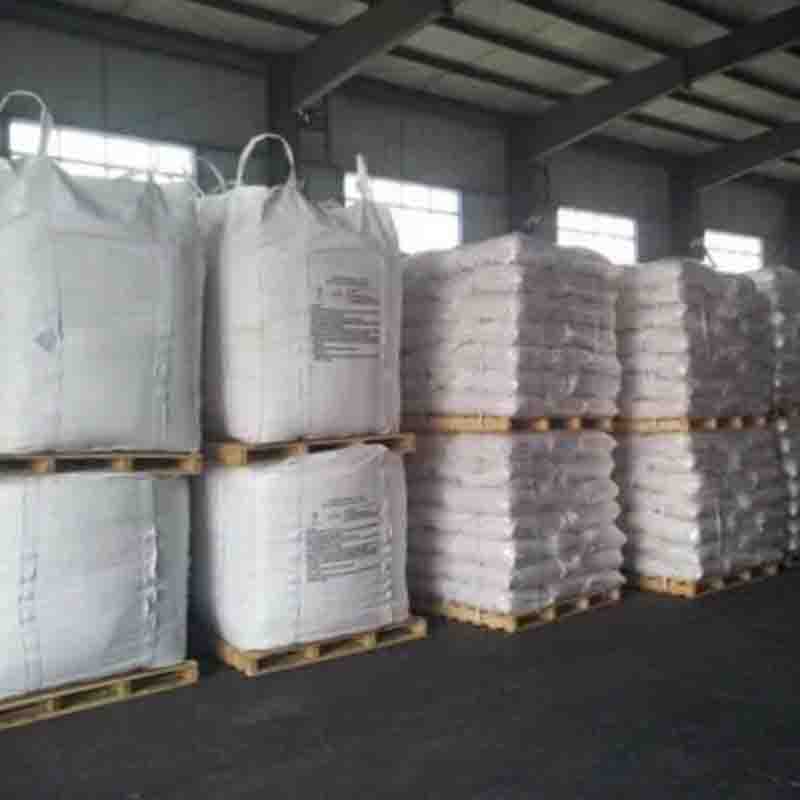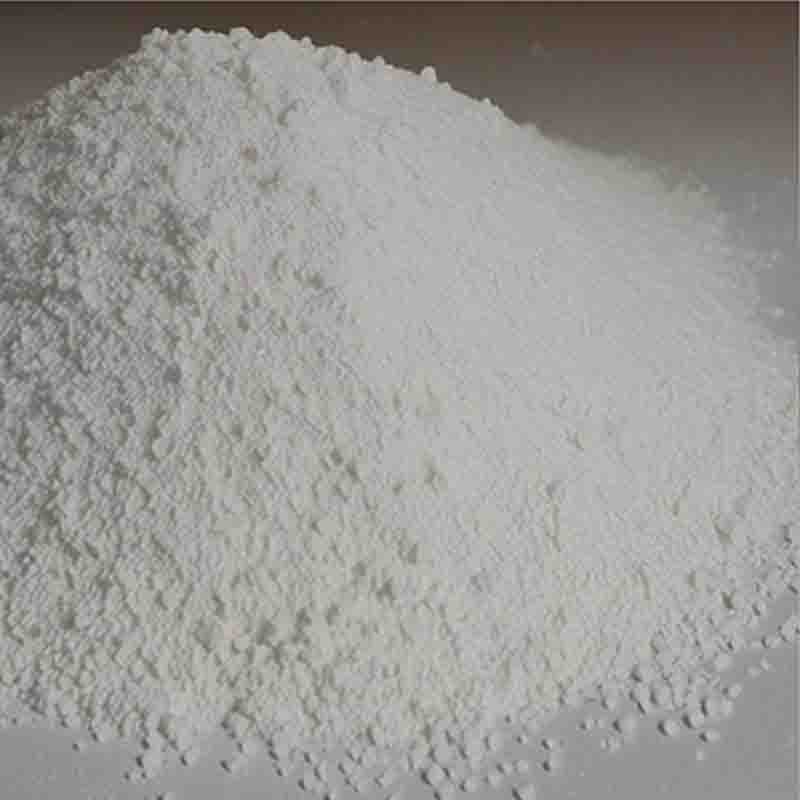α,2,6-Trichlorotoluene CAS: 2014-83-7
| Catalog Number | XD94841 |
| Product Name | α,2,6-Trichlorotoluene |
| CAS | 2014-83-7 |
| Molecular Formula | C7H5Cl3 |
| Molecular Weight | 195.47 |
| Storage Details | Ambient |
Product Specification
| Appearance | White powder |
| Assay | 99% min |
α,2,6-Trichlorotoluene is a chemical compound with various applications in different industries.
One of the primary uses of α,2,6-Trichlorotoluene is as a solvent in industrial processes. It has good solvency power and can dissolve a wide range of organic compounds, making it useful in applications such as paint and coating formulations, adhesive production, and cleaning agents. Its ability to dissolve various substances makes it valuable in industries where solvents are required.
Furthermore, α,2,6-Trichlorotoluene finds application in the field of agriculture. It can be used as a pesticide or herbicide due to its ability to control the growth of unwanted plants and insects. It can be applied to agricultural fields, gardens, or other areas where pest or weed control is necessary. Its effectiveness in controlling pests and weeds makes it valuable in the agricultural industry.
Moreover, α,2,6-Trichlorotoluene can also be used in the production of pharmaceuticals and fine chemicals. It can serve as a starting material for the synthesis of various compounds with important biological activities. Its reactivity and ability to form complex molecules make it valuable in the development of drugs, agrochemicals, and other active compounds.
In addition, α,2,6-Trichlorotoluene has applications in the field of research and development. It can be used as a starting material for the synthesis of other compounds, which can have various applications in medicinal chemistry, material science, and chemical research. The versatility of α,2,6-Trichlorotoluene makes it valuable in the development of new molecules and materials.
In conclusion, α,2,6-Trichlorotoluene has versatile applications as a solvent in industrial processes, as a pesticide or herbicide in agriculture, and as a starting material in the production of pharmaceuticals and fine chemicals. Its solvency power, effectiveness in pest and weed control, and reactivity make it valuable in various industries and research fields.


